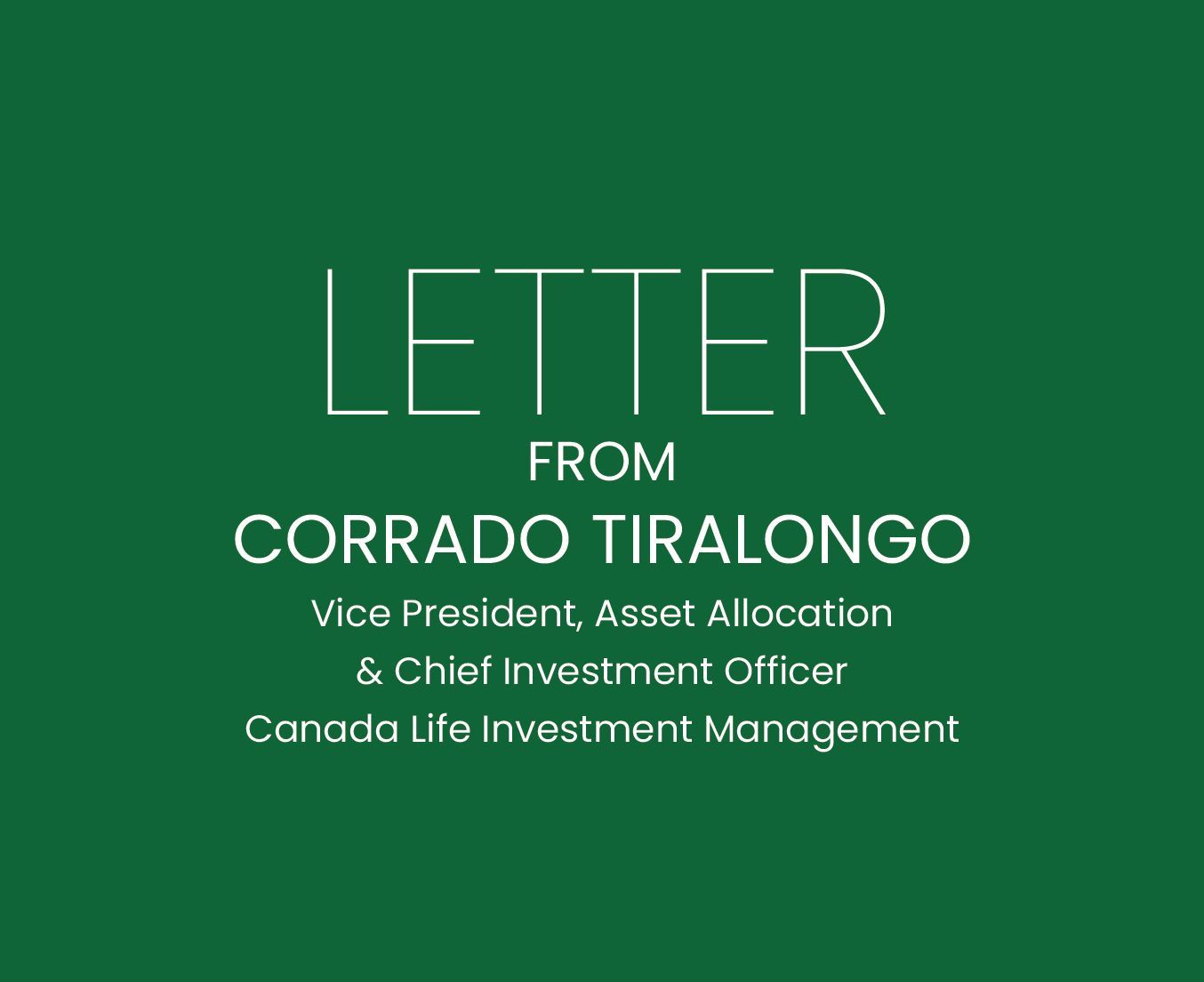Last time, we discussed two elements of due diligence: why investment success is not determined by a gene factor, and why just because there is a classification system, it doesn’t make it true or useful. This time, I’ll expand this conversation a little further and highlight a few examples of what I’ve seen during my career and where I’ve made mistakes so you can learn from them.
An often-unappreciated fact is that too much success is often the leading cause of death for performance. Active management is “capacity constrained.” That means
for most investment strategies, there is only so much money that you can direct into the strategy before you start significantly driving up the price you pay for stocks and/or you start owning too great a percentage of the company.
Investors should be wary of funds that have become successful (drawing large inflows of new money to it) in a very short timeframe typically because of past performance and marketing driven sales. This makes it more difficult to successfully enact the strategy. Great firms/managers close off their funds to new purchases before a fund’s size becomes too large and implementing the same investment strategy becomes an issue. However, don’t fall for the “trick” where the manager closes off one fund and then launches a “similar” fund with broader investment parameters. For example, the new strategy may hold more stocks than the original strategy, or it may broaden its investment parameters to include larger stocks, or it may apply the same strategy in a different geographic region. Rarely are these “line extensions” as successful as the original strategy. Performance becomes diluted and the additional distraction of running a second strategy often causes mediocre performance of the flagship strategy.
In my experience as a manager of managers, the second most frequent reason for changing managers has been a lack of constraint in managing asset growth. NWQ Investment Management, is a successful large-cap value manager that I mentioned in a previous post. The success of their performance after the technology bubble burst in 2001 caused their assets to soar. As a result, they were terminated from our program at Scotia because we strongly felt that their ability to create alpha for our clients in the future would be impacted.
Here is another example where a sound due diligence process can uncover issues. I’ll admit, this is one where I got it wrong and we should have caught the issue earlier than when we did.
Reed Conner Birdwell (“RCB”) is a boutique investment firm with a strong small-cap value track record. Jeff Bronchick, the lead portfolio manager at RCB, in his October 2004 newsletter described what investors all too often take for granted – CAPACITY.
“By concentrating smaller amounts of money in a patient fashion, it is entirely possible to outperform averages”
Jeffrey Bronchick, CFA
Principal & Chief Investment Officer RCB Investment Strategy Newsletter – October 2004
Jeff should have taken his own advice. As a result of good performance, RCB’s small-cap mandate attracted significantly more capital than it could put to work. Over time, the portfolio’s cash weight increased from less than 10% to an astounding 40%. The manager’s reasoning was that he was unable to find good companies to buy at reasonable valuations. (Many of us who are veterans in this industry have heard Larry Sarbit say the same thing since the late 90s, but that’s another story for another day.) RCB clearly did not have the right perspective on the capacity of its small cap strategy. A manager with the proper perspective would have capped the portfolio long before reaching $4 billion in assets.
A robust due diligence process would have flagged the capacity issue. A review of the manager’s portfolio construction and investment style, along with an analysis of the small-cap market, would have shown that $2 billion (at that time) was the maximum that could reasonably be invested, however by the end of 2005 RCB was at $4 billion in assets under management. We missed this one. Up front, we should have established a capacity target for the mandate and monitored to that target. Having done so, we could have had conversations with the manager as they approached that target and then acted accordingly.
Investing, like many other activities in life, is subject to constraints. Small-cap investing is no different. Due to liquidity, the amount of money that can be effectively put to work and not affect performance is significantly less in small caps than in large cap portfolios. However, it is essential to remember that all portfolios are subject to capacity constraints depending on the universe of securities they invest in and their individual investment strategies.
Due diligence is about understanding and monitoring manager and organizational behaviour, which is in flux as the environment changes – although that fact is little appreciated.
In your due diligence efforts, take a look how firms handle capacity. Have they taken the route of protecting investors and capped their portfolios early, or have they capitalized on good performance (perceived or otherwise) to raise assets or launch new products? Understanding this will tell you a lot about a firm’s priorities and whether you as an investor are at the top of that list.
The lesson is: look at asset growth in a fund or strategy. Smaller funds are nimbler and can implement their strategies more effectively. Beware of new funds that are launched subsequent to closing of a sister fund.
Beware of the Back-test
We’ve already determined that investors love chasing performance, real or back-tested (i.e. a performance result based upon a quantitative model applied to historical market data to generate hypothetical performance during a prior period). In either scenario, investors take it as evidence that a particular product or strategy has – or would have – performed well in the past, with the clear implication being that it is likely to do so in the future. Typically, performance tests are offered to support statements that the strategy has the potential to offer higher returns, lower volatility, less downside risk, or other some other objective.
There is nothing inherently wrong with back-testing performance.
As long as back-tested performance is based on assumptions that are reasonable and clear, it can provide useful information to investors by helping them understand and compare how different strategies perform under various market conditions.
However, most of us are not “math people” and determining what is a good versus a bad back-test is not a reasonable exercise. With the benefit of 20-20 hindsight, it’s relatively easy to construct a strategy that worked well in the past. Of course, having a strategy that worked yesterday tells us nothing about whether it will work tomorrow. No strategy will work well in every environment, but a good strategy is underpinned by behavioural economic or academic evidence on how we believe that the world works. Any strategy can be lucky in the short term, even if you take the inverse of the strategy! An interesting paper (to me!), “The Surprising Alpha From Malkiel’s Monkey and Upside-Down Strategies" explored this phenomena.
To illustrate my point further, many years ago my team and I met with a firm called F-Squared who presented us with an interesting quantitative strategy that would systematically reduce its exposure during falling markets. These strategies proved extremely popular with investors and in a few short years, they grew their assets from just a few million to $20 billion. We were doing a lot of research work in “tail risk” strategies to determine what would work best for our needs. We met with F-Squared representatives several times over the ensuing months, requesting a great deal of information and asking a lot of questions. We went to great lengths to recreate their investment strategy with the information that they provided us. There were several red flags for us along the way, but with respect to back-tests, the one thing that we could not do is replicate their investment strategy with a sufficiently high enough precision. As a result, we decided to pass on this manager. As is turns out, our due diligence turned out to be correct, and the red flags that we raised were soon independently uncovered by the U.S Securities and Exchange Commission. If you are interested, the whole story is detailed here.
Lesson: All back-tests can be made to look good. Do your research and ask: is this too good to be true? Could you reasonable recreate the results with the data at hand? There are no shortcuts in conducting due diligence. Many large U.S. firms, a large Canadian bank and a well known Canadian mutual fund company were taken in by F-Squared. The only explanation I have is that they didn’t do their homework.
Final Thoughts
Over the last few letters, we have explored several elements that are necessary for a robust due diligence process and why performance evaluation can be meaningless without understanding the investment firm and its people The bedrock of a good due diligence process is skepticism, but it is often in short supply. My team and I closely examine the people, philosophy and process of our investment manager candidates to uncover what I call their eco-systems and “ego-systems.” Remember that investment professionals are people. They make decisions just like the rest of us do and we can turn to psychology and behavioural finance for insights in understanding them. Similarly, investment organizations are like all other organizations. Don’t get tripped up by spending all of your time looking at past performance, when what is really important is how the organization works and how the people in it behave. Hopefully the examples and tips that I provided can help you avoid some of the most common mistakes.
Until next week, stay safe and be well.
Corrado Tiralongo
Chief Investment Officer
Investment Planning Counsel




